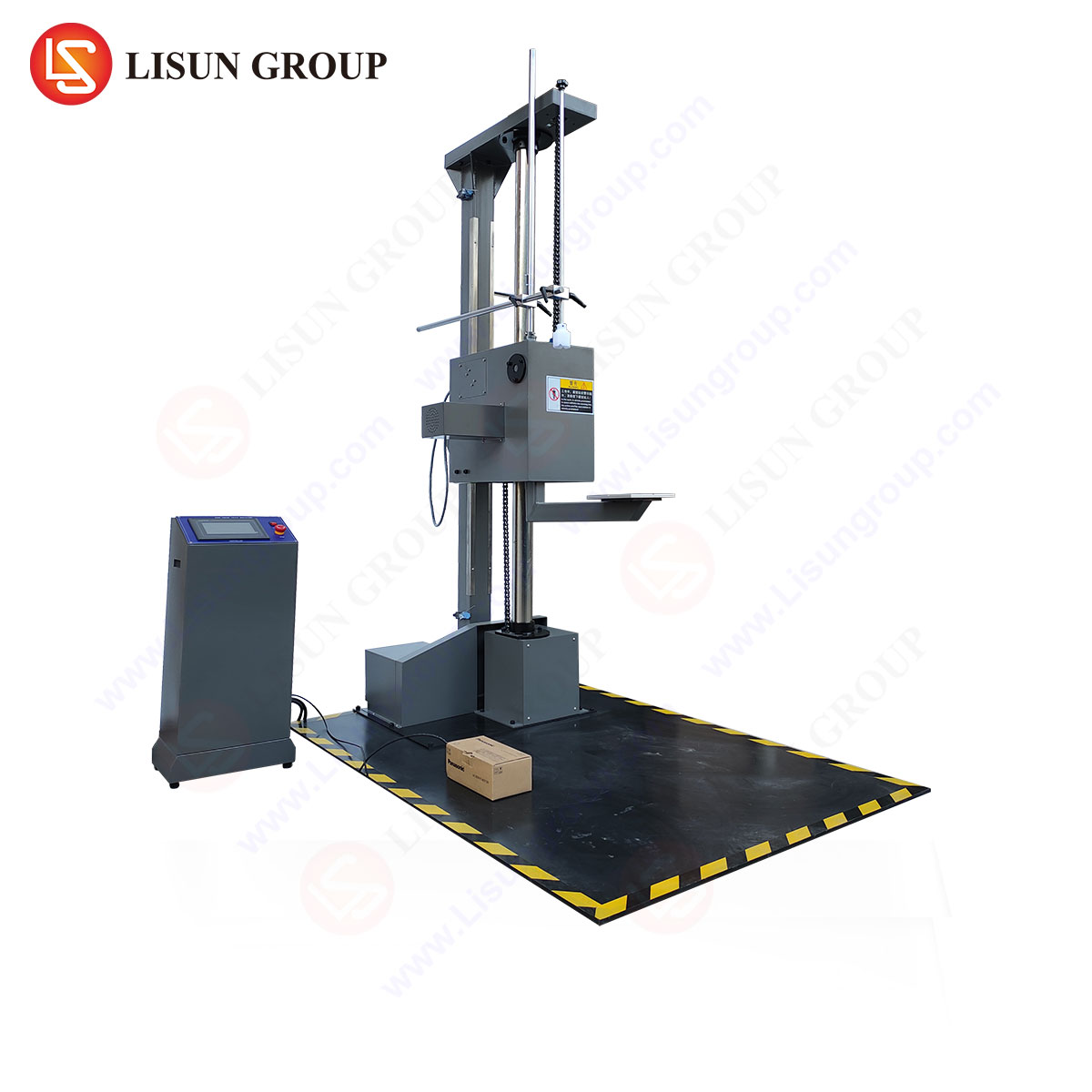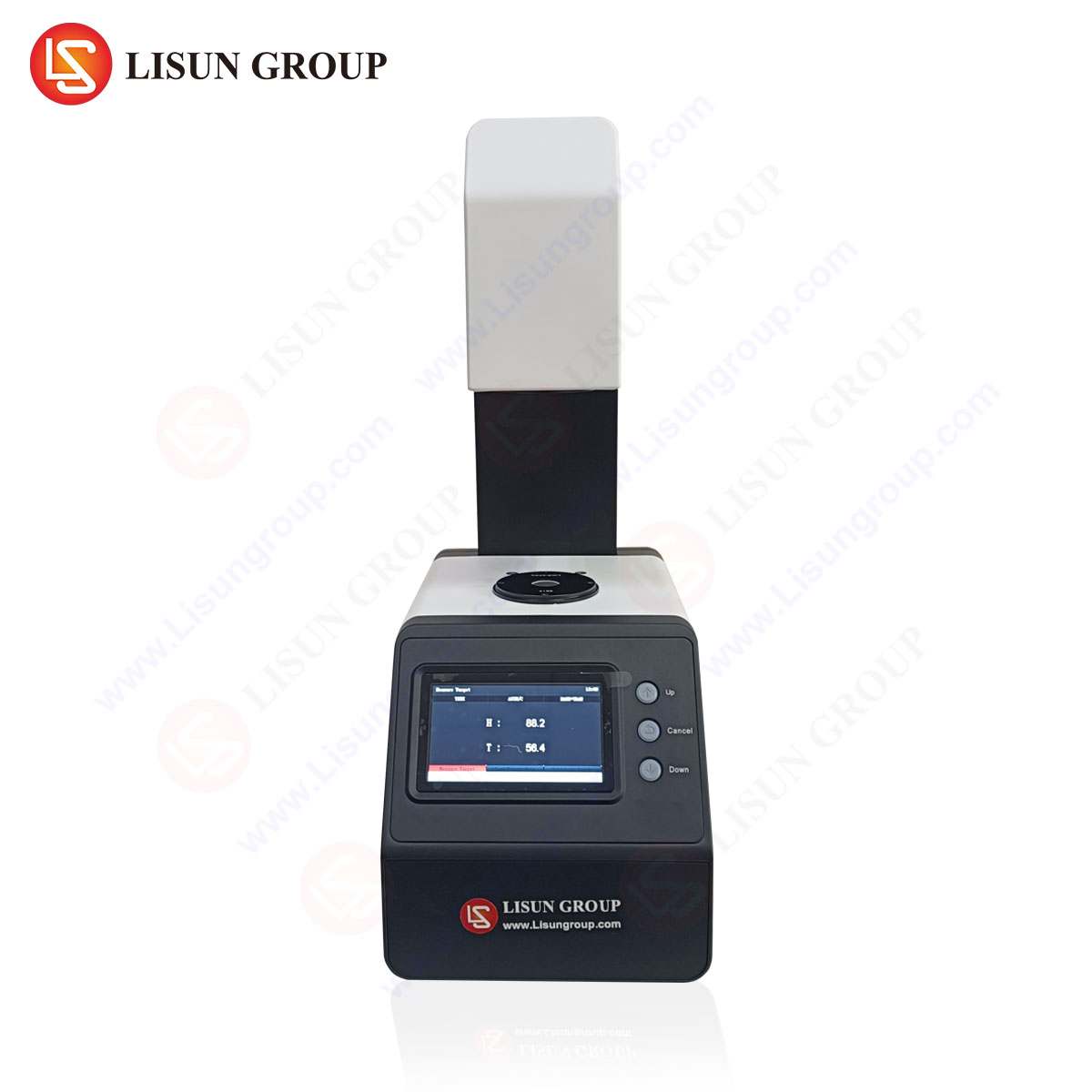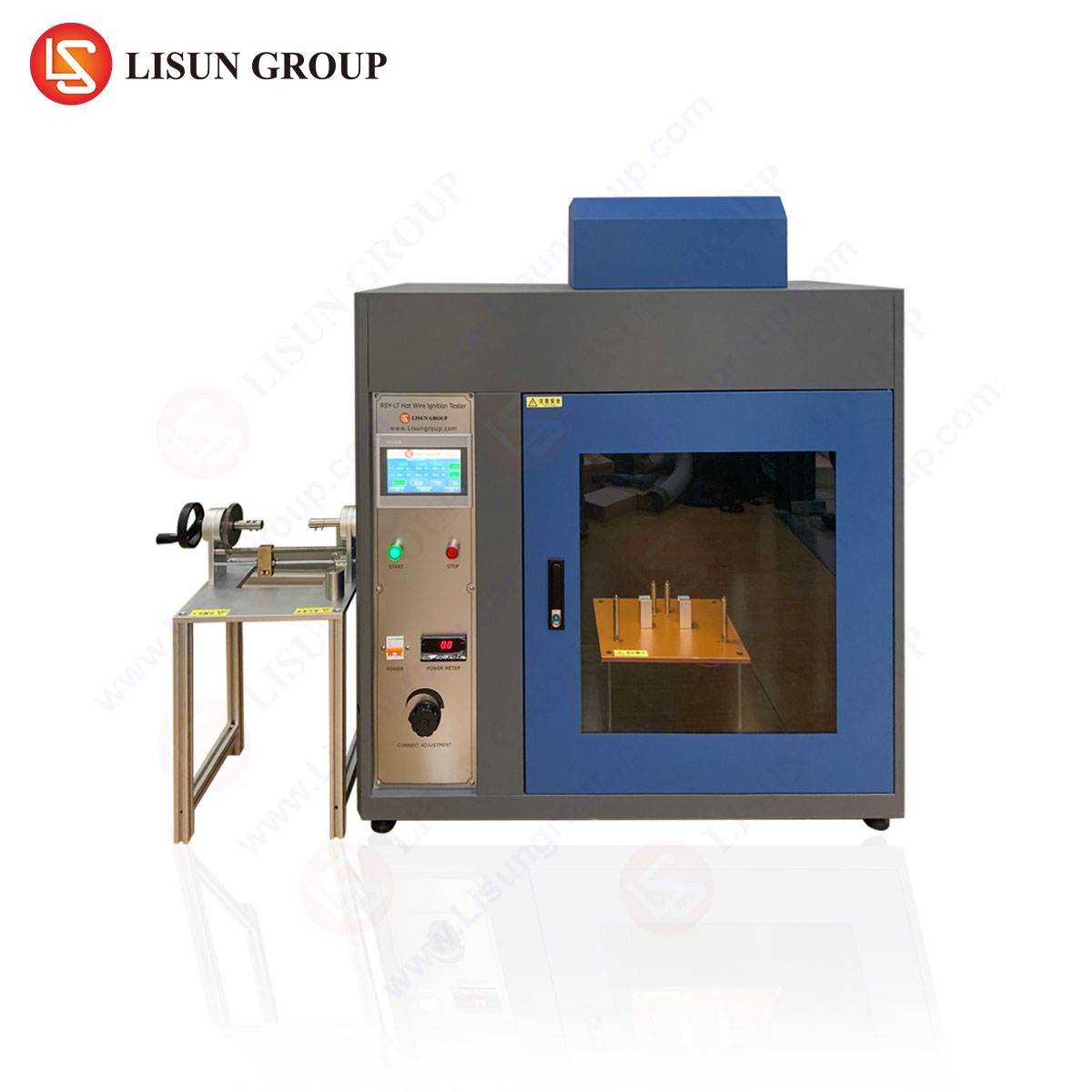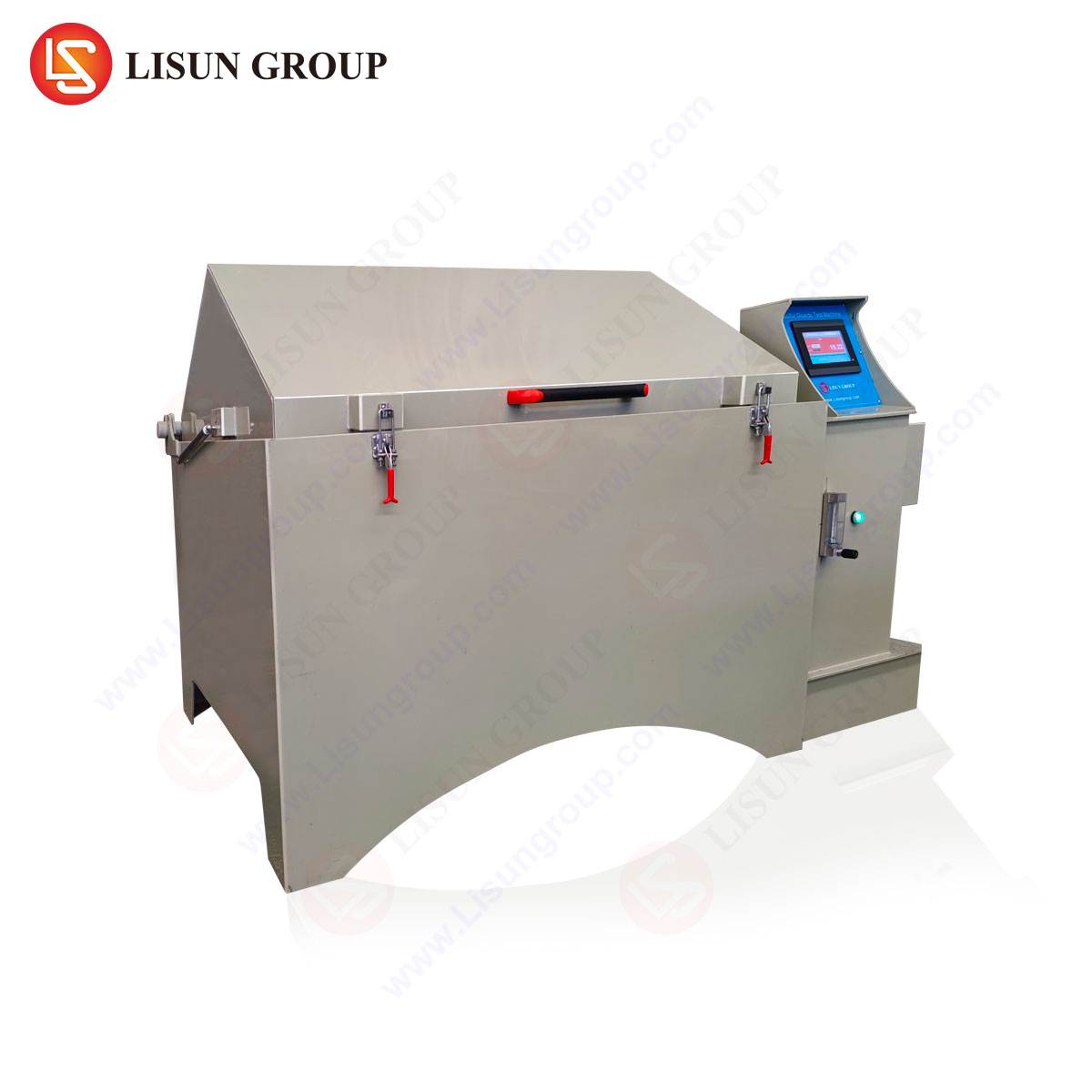Fundamental Principles of Sulfur Dioxide Corrosion Testing
The degradation of materials and components due to atmospheric sulfur dioxide (SO₂) is a significant concern across numerous industrial sectors. SO₂, a potent acidic gas, is a primary pollutant resulting from the combustion of fossil fuels containing sulfur. In the presence of moisture, it forms sulfurous acid, which rapidly accelerates the corrosion of metals, particularly those with copper, silver, and nickel finishes, and can cause deterioration of certain plastics and coatings. The SO₂ Gas Spray Test Chamber is a specialized environmental simulation apparatus designed to replicate and accelerate these corrosive conditions in a controlled, repeatable laboratory setting. The core objective is not to precisely mimic a specific outdoor environment but to provide a severely corrosive atmosphere that permits a comparative evaluation of the relative resistance of materials and protective coatings.
The testing methodology is governed by a suite of international standards, most notably IEC 60068-2-42 and IEC 60068-2-43, which define the test conditions, including gas concentration, temperature, humidity, and test duration. The principle involves introducing a precise volume of pure SO₂ gas into a sealed, temperature-controlled chamber. The internal environment is maintained at a high relative humidity, typically 85% RH or above, and an elevated temperature, commonly 40°C. This combination ensures the immediate formation of a corrosive condensate on all test specimens. The test is typically conducted in cycles, which may include periods of exposure followed by storage under standard laboratory conditions to assess the progression of corrosion. The evaluation of test specimens is both quantitative and qualitative, involving visual inspection for corrosion products, blistering, or cracking, as well as functional testing to verify electrical continuity and mechanical integrity post-exposure.
Architectural and Functional Design of the SQ-010 Test Chamber
The LISUN SQ-010 Sulfur Dioxide Test Chamber embodies a fully integrated system engineered for precision, reliability, and user safety. Its architectural design is a direct response to the demanding requirements of accelerated corrosion testing. The chamber is constructed from imported PVC plastic boards, offering exceptional resistance to the highly corrosive internal atmosphere, thereby ensuring long-term structural integrity and preventing contamination of test results from chamber degradation. The primary heating system utilizes an air heating method, which provides uniform temperature distribution throughout the test workspace, a critical factor for ensuring consistent exposure conditions for all specimens.
A central component of the SQ-010’s functionality is its gas introduction system. The chamber is equipped with a dedicated SO₂ gas bottle attachment point, with the gas flow meticulously regulated by a precision needle valve and flow meter. This allows an operator to achieve and maintain the exact concentration specified by the relevant test standard, typically 0.033vol%, 0.067vol%, or 0.333vol%. The chamber’s air circulation system is driven by a multi-blade centrifugal fan, which works in concert with a specially designed deflector to ensure a homogenous mixture of SO₂ gas, humidity, and temperature, eliminating stagnant zones and guaranteeing that all test items receive identical exposure.
Control and monitoring are managed via a digital microcomputer-based controller. This interface provides precise setpoint adjustment and real-time display of the internal temperature. Safety is paramount in the design; the SQ-010 incorporates multiple safety features, including an over-temperature protector, a leak detection system for the SO₂ gas, and robust sealing gaskets on the chamber door to prevent any fugitive emissions into the laboratory environment. The chamber also includes a built-in filtration and scrubbing system for safe purging and evacuation of the test atmosphere upon completion of a cycle.
Table 1: Key Specifications of the LISUN SQ-010 SO₂ Test Chamber
| Parameter | Specification |
| :— | :— |
| Internal Dimensions (WxDxH) | 600 x 600 x 600 mm |
| External Dimensions (WxDxH) | 950 x 880 x 1280 mm |
| Temperature Range | RT+10°C to 50°C |
| Temperature Fluctuation | ±0.5°C |
| Temperature Uniformity | ±2.0°C |
| SO₂ Concentration Range | 0.1% to 1.0% vol (adjustable) |
| Gas Flow Meter Range | 0.1 ~ 1.0 L/min |
| Chamber Material | Imported Corrosion-Resistant PVC Plastic |
| Heating System | Air Heating |
| Controller | Digital Microcomputer PID Controller |
Application Across Critical Industrial Sectors
The predictive data generated by the SQ-010 chamber is indispensable for quality assurance and failure mode analysis in industries where long-term reliability in harsh environments is non-negotiable.
In Automotive Electronics and Aerospace and Aviation Components, electronic control units (ECUs), sensor housings, and connector systems are subjected to SO₂ testing to validate the resilience of their conformal coatings, substrate materials, and plating finishes. Failure of a single connector due to sulfidation-induced corrosion can lead to critical system malfunctions.
The Electrical and Electronic Equipment, Industrial Control Systems, and Telecommunications Equipment sectors rely on this testing to qualify printed circuit board (PCB) finishes, solder masks, and the shells of relays, contactors, and terminal blocks. These components are often deployed in industrial parks or urban areas with higher levels of pollutant gases.
For Lighting Fixtures, particularly outdoor and industrial luminaires, the test assesses the corrosion resistance of metal housings, reflectors, and the seals that protect internal drivers from corrosive gas infiltration, which can lead to premature lumen depreciation and catastrophic failure.
Medical Devices and Consumer Electronics utilize the chamber to test the durability of metallic exteriors and internal components, ensuring that devices can withstand cleaning agents or environmental exposure without corroding, which is critical for both patient safety and product longevity.
Cable and Wiring Systems and Electrical Components such as switches and sockets are tested to ensure that their metallic contacts and plating (e.g., silver or nickel) will not degrade and increase electrical resistance, which could lead to overheating and potential fire hazards.
Adherence to International Test Standards and Protocols
Compliance with internationally recognized standards is a foundational requirement for any credible environmental test equipment. The design and operation of the SQ-010 chamber are explicitly aligned with the parameters outlined in key standards, ensuring that test results are reproducible, comparable, and recognized across global supply chains. The primary standards include:
- IEC 60068-2-42: “Tests – Test Kc: Sulphur dioxide test for contacts and connections.” This standard is specifically focused on assessing the corrosive effects on electrical contacts and connections, detailing the preparation, conditioning, and inspection methods.
- IEC 60068-2-43: “Tests – Test Kd: Hydrogen sulphide test for contacts and connections.” While focused on H₂S, the methodologies for gas introduction and control are analogous and the SQ-010 is often used in conjunction with other chambers for a full corrosive gas testing regimen.
- ISO 3231: “Paints and varnishes — Determination of resistance to humid atmospheres containing sulfur dioxide.” This standard applies the test to evaluate protective coating systems.
- DIN 50018: “Testing in a saturated atmosphere in the presence of sulfur dioxide.” A widely referenced German standard that defines specific testing regimens.
The SQ-010 chamber facilitates strict adherence to the concentrations, temperature, and humidity levels mandated by these protocols. Its precise gas dosing system allows technicians to accurately achieve the required ppm or volume percent concentrations, while its superior temperature uniformity ensures the specified humidity level is consistently maintained via a saturated atmosphere, a critical factor for condensate formation.
Operational Workflow and Analytical Assessment Procedures
A standardized operational procedure is critical for generating valid and reproducible data. The workflow for the SQ-010 chamber typically follows these stages:
- Specimen Preparation: Test items are cleaned to remove any oils or contaminants that could influence the results. Specific areas may be deliberately abraded or scratched to assess the protective capability of coatings.
- Positioning: Specimens are placed on non-conductive, corrosion-resistant racks within the chamber, ensuring they do not touch each other and are exposed to free air circulation.
- Parameter Setting: The desired temperature (e.g., 40°C ± 3°C) is set on the controller. The chamber is allowed to stabilize.
- Gas Introduction: The calculated volume of SO₂ gas is introduced into the chamber via the flow meter and needle valve to achieve the target concentration. The chamber is then sealed for the duration of the exposure cycle.
- Cyclic Exposure: A test may consist of a single continuous exposure (e.g., 4, 8, 16, 24 days) or a cyclic test (e.g., 8 hours of exposure followed by 16 hours of ambient storage, repeated for a set number of cycles).
- Recovery and Analysis: After exposure, specimens are removed and typically undergo a recovery period under standard atmospheric conditions. Analysis includes:
- Visual Inspection: Documenting the appearance, color, and extent of corrosion products.
- Microscopic Examination: Assessing pitting, cracking, or blistering under magnification.
- Functional Testing: Measuring electrical resistance across contacts, verifying the operational status of electronic components, and testing mechanical strength.
Comparative Advantages in Material Durability Testing
The SQ-010 chamber provides several distinct advantages over alternative corrosion testing methods or less sophisticated equipment. Its primary benefit is the significant acceleration of the corrosion process, condensing years of field exposure into a matter of days or weeks. This allows for rapid iterative design improvements and faster time-to-market for new materials and components. The closed-loop, digitally controlled environment ensures a high degree of repeatability and reproducibility, minimizing variables and providing reliable comparative data between different material batches or product generations.
The chamber’s robust construction from corrosion-resistant materials ensures that the apparatus itself does not become a source of contamination or require frequent replacement due to self-degradation. The integrated safety systems mitigate the significant hazards associated with handling toxic SO₂ gas, protecting operators and ensuring compliance with laboratory safety regulations. Furthermore, the chamber’s design, which aligns perfectly with international standards, guarantees that the data generated is held in high esteem by certification bodies and customers worldwide, facilitating product acceptance in global markets.
Frequently Asked Questions (FAQ)
Q1: What is the typical concentration of SO₂ gas used in a standard test, and how is it calculated?
The most common concentration specified in standards like IEC 60068-2-42 is 0.033vol% (330 ppm) or 0.067vol% (670 ppm). The concentration is not calculated per se but is achieved by introducing a specific volume of pure SO₂ gas into the known volume of the test chamber. The SQ-010’s precision flow meter allows the operator to inject the exact required volume to achieve these standard concentrations reliably.
Q2: How often does the SO₂ gas atmosphere need to be replenished during a long-term test?
For a well-sealed chamber like the SQ-010, the atmosphere is typically static for the duration of a 24-hour cycle. The standard test protocols, such as the 8-hour exposure/16-hour rest cycle, involve renewing the SO₂ atmosphere at the beginning of each new 8-hour exposure period. The chamber is purged with fresh air between cycles to remove the spent gas mixture before introducing a new, precise charge of SO₂.
Q3: What personal protective equipment (PPE) is required when operating the chamber?
Operators must wear appropriate PPE when connecting or disconnecting the SO₂ gas bottle and during the chamber purging process. This minimally includes chemical-resistant gloves, safety goggles, and a lab coat. Operations should be conducted within a fume hood or a well-ventilated area. The chamber’s built-in scrubbing system reduces risk, but PPE is a mandatory precaution against potential exposure.
Q4: Can the chamber be used to test for resistance to other corrosive gases?
No, the SQ-010 is specifically designed and constructed for testing with sulfur dioxide. Testing for other gases, such as hydrogen sulfide (H₂S), requires a separate, dedicated chamber. While the principles are similar, using a chamber contaminated with SO₂ residues for H₂S testing would yield invalid and cross-contaminated results.
Q5: How are the test results quantified and reported?
Results are primarily qualitative but are reported in a standardized manner. This includes photographic documentation of the specimens before and after testing, a descriptive assessment of the type and extent of corrosion (e.g., “30% surface coverage of green patina”), and a pass/fail determination based on pre-defined acceptance criteria for functionality and appearance. For electrical components, a quantitative measure of change in contact resistance is a key metric.






